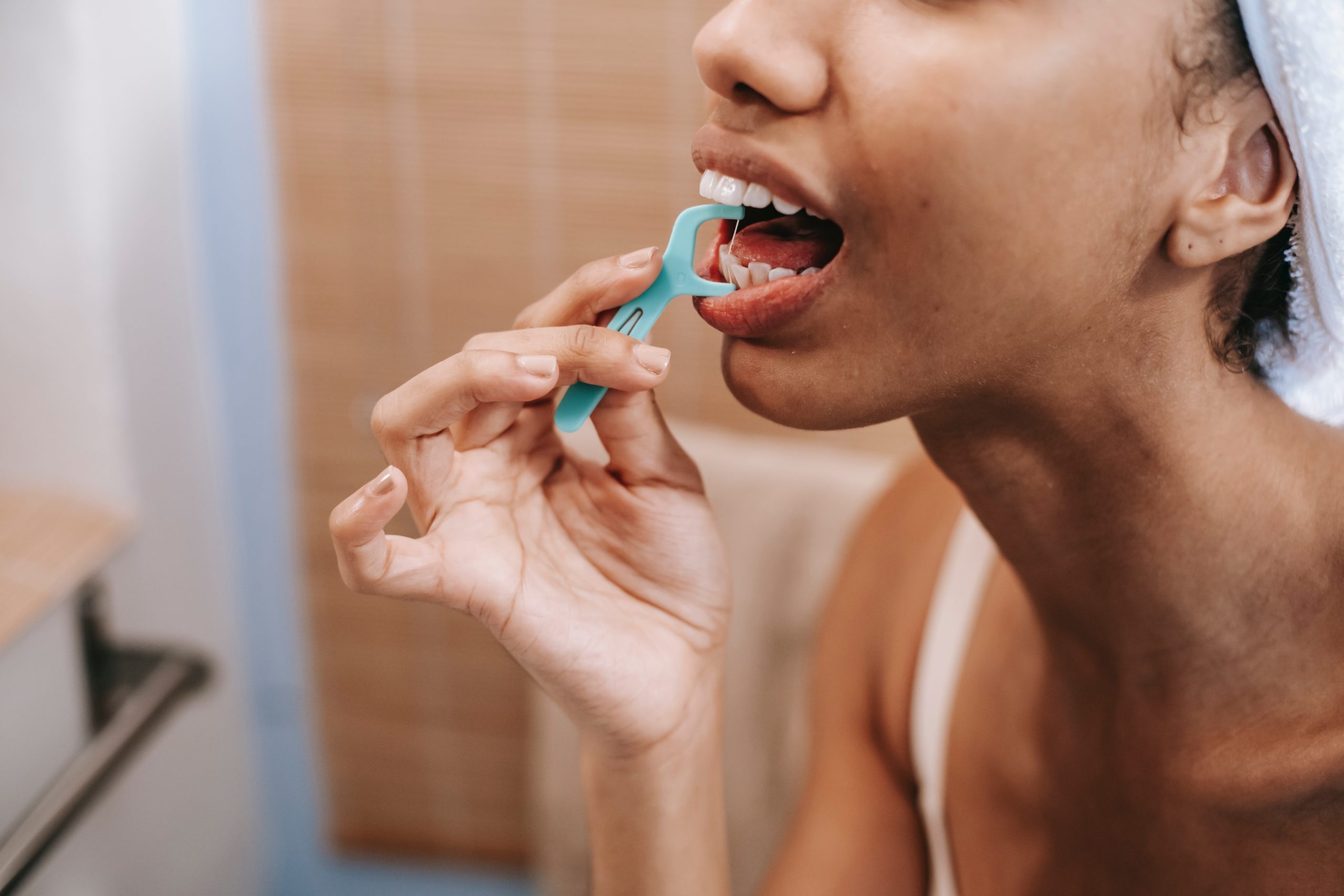
Why Flossing Is Just As Important As Brushing Your Teeth
Many people think of flossing as an optional part of their dental care routine. It isn’t. Flossing is in fact an integral part of good oral health and is just as important as brushing. Dentists recommend flossing at least once a day, either at night or in the morning. Here’s why flossing is so important for healthy teeth.
How Flossing Helps Keep Your Teeth Healthy
Food particles get trapped in the spaces between your teeth. If not removed, they create a favorable breeding ground for bacteria to thrive and build up resulting in cavities and plaque formation. While a toothbrush can clean the surfaces of your teeth, the bristles cannot reach the tight interdental spaces so the little bits of food remain there, causing continuous damage to your teeth.
This is where flossing does the job that brushing cannot do. Floss is thin and flexible enough to get into the tight, hard-to-reach spaces between the teeth and dislodge the debris that’s stuck in there.
Removing the gunk and plaque between your teeth minimizes the risk of cavities, bleeding gums, receding gums and tooth decay. It also prevents halitosis and keeps your breath smelling fresh and clean.
Should You Floss If You’re Wearing Braces?
Yes, absolutely! Flossing is even more important if you wear braces. Food particles have plenty of spaces to get stuck in when you’re wearing braces. If not removed, bacteria will quickly turn the food remnants into plaque that will cause cavities and tooth decay.
The regular flossing tape may not be as efficient at removing food debris when you’re wearing braces. Speak to one of our dentists at Springfield or Richlands about the challenges you’re facing when flossing with braces. Your dentist may recommend a floss threader or an interdental brush instead.
Whatever cleaning tool you use, it’s most important to floss slowly and gently. Flossing quickly or using too much pressure can damage your braces.
How To Floss Teeth Correctly – It’s All In The Technique
Using the correct technique is key to keeping your teeth healthy and free from cavities and plaque.
Cut off about 45 cms of floss. Wind the ends around the middle fingers of both hands so that you have only about 3 to 5 cms in between. Holding the floss tautly between your index fingers and thumbs, slide it up and down in the spaces between your teeth using continuous back-and-forth movements. Curve the floss gently around the base of each tooth. This will allow the floss to remove any food particles stuck beneath the gum line. Use the same back and forth movements to remove the floss from the teeth.
Be sure to keep all movements slow, gentle and deliberate. Hurried, forceful movements can damage delicate gum tissue.
Don’t Like The Idea Of Flossing?
If the idea of flossing doesn’t sound very appealing to you, the good news is there are alternatives to using the traditional dental floss. At your next dental appointment speak to one of our dentists at Springfield or Richlands about your apprehensions when it comes to flossing. They may recommend some other tool that’s does the job of flossing but is less invasive and more user-friendly such as a floss threader or a floss pick. They may also recommend using flexible rubber interdental tips or electrically-powered dental irrigators for more thorough interdental cleaning if you have large gaps between your teeth.
